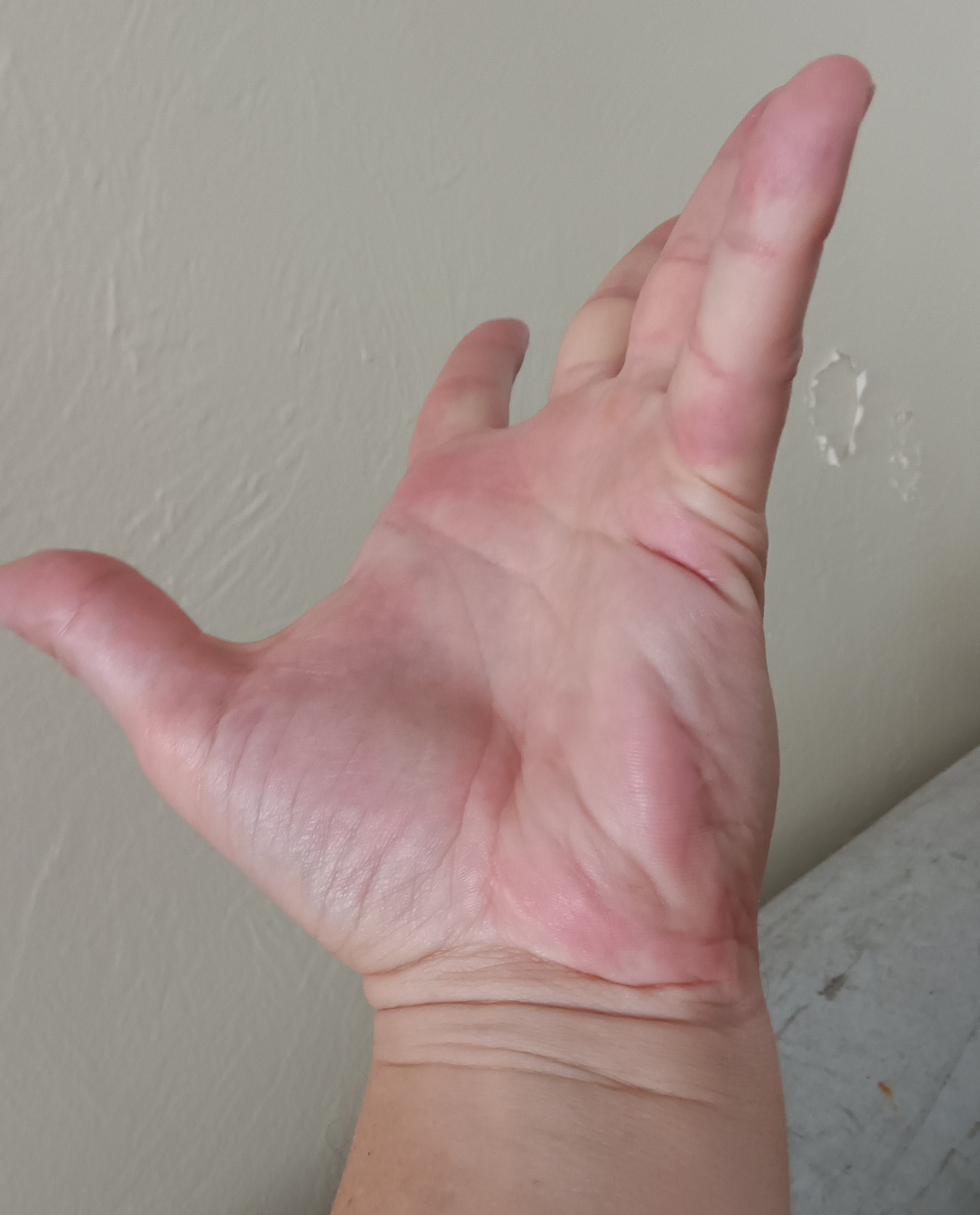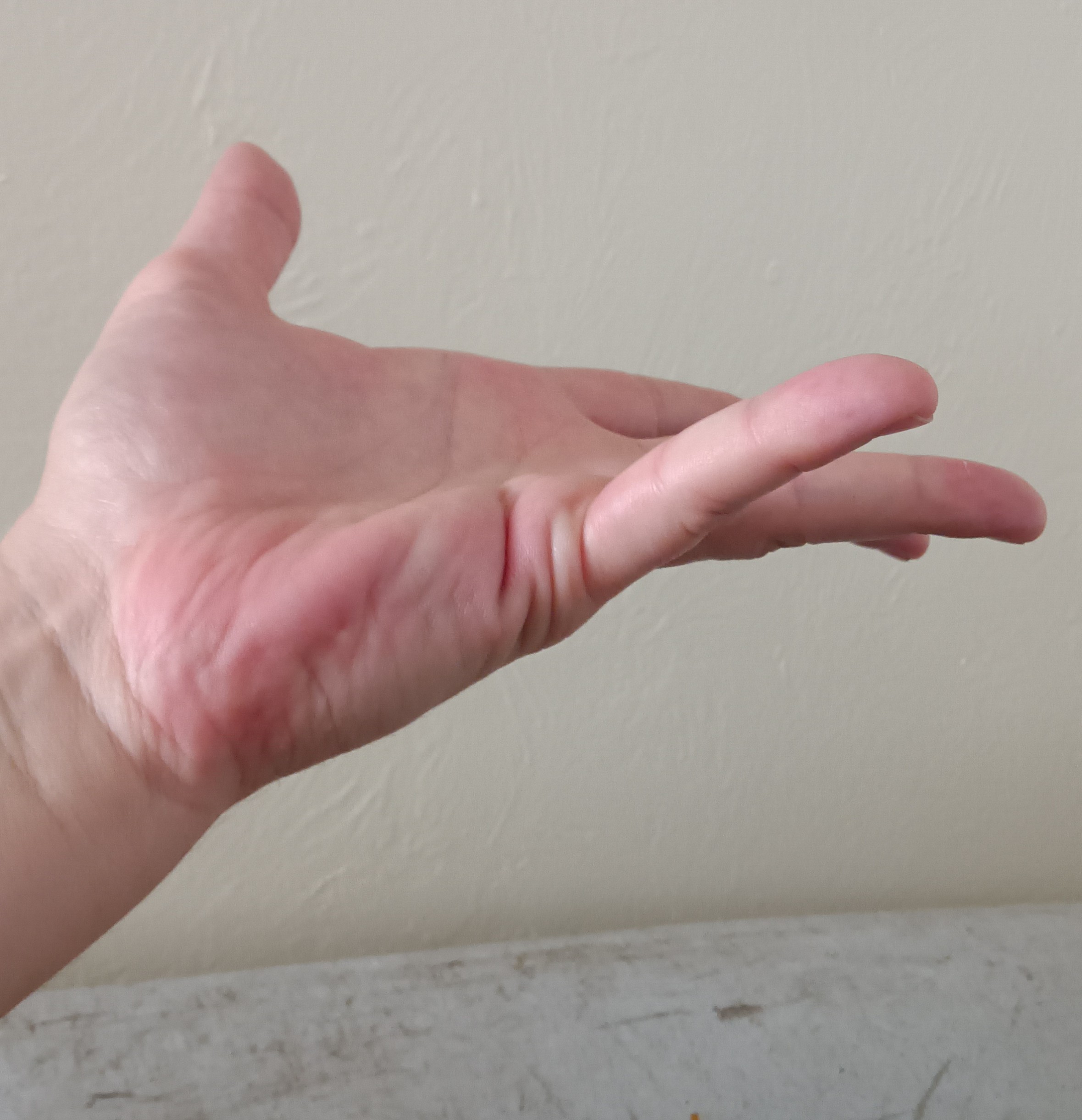Internal/External Martial Art
In the beginning, choose one element to learn and practice that one element until you get an understanding of its movement and purpose. Later, move on to another element and practice that one until you get an understanding of its movement and purpose, as you did for the previous element until you understand each of the five elements.
Once the five basic elements are learned, they can be practiced in a single form, of which there are a few variants. Beyond the five elements, Hsing-I has twelve advanced forms named after different animals and build upon the concepts taught in the five elements.
Pi ChuanPi Chuan, commonly taught as the first of the five elements, is a two-part strike that begins with a strike forward and then follows up with a rising and then falling knife-hand, although it might be more productive to think of that second strike as an axe-hand rather than a knife-hand. The first strike is most obviously a punch, yet it can be applied as a block/ward for an incoming strike that gets followed-up with the second strike, the axe-hand; rising and falling. Tsuan ChuanTsuan Chuan, like Pi Chuan, is a two-step form that features one of the most important components to the success of internal martial arts in practice, the trap. Trapping is a common element in combat sports, yet the way it's performed in Hsing-I adds mechanics to the apparatus to make it even more effective. I will explain in more detail in the next paragraph. For now, the second component of Tsuan Chuan is the strike, which could be described as a punch to the center-line that utilizes internal martial arts' tendency to coil the arms while delivering this strike. To speak of Tsuan Chuan's first component, the trap, the internal martial arts' tendency of coiling the tendons and muscles also finds use here.
The coiling aspect of Tsuan Chuan is important because it creates a direct line of tension that connects the back of your shoulder to the end of your hand. When combined with proper knee, hip, and back alignment, your hand suddenly becomes connected to your feet and a greater mechanical advantage is gained; the end point of the hand gains the weight of your entire arm, the shoulder, and even the weight of the head should your alignments be correct. The result of this is a heavy trapping hand that can disrupt your opponent's momentum and set up the arena for launching your own offensive. Similar to Tsuan Chuan's trapping in step 1, step 2 also utilizes a coiling in the arms, only in this step, to deliver a punch to the center line that also, through proper alignment in the knees, hips, and back, becomes connected to the momentum generated in the legs to deliver and heavy, fast punch that can evade standard defense responses that are normally confined to cover either the left or the right side, Tsuan Chuan's punch turns your hand so that the palm faces upwards and coils to the outside, in the direction of the thumb, directed to the center line of your opponent. Utilizing step 1 to intercept an incoming strike and directing that trapped limb downwards, following up with the strike from step 2 can become a effective application for Tsuan Chuan. Beng ChuanBeng Chuan, the third of Hsing-I's five elements, is perhaps, mechanically speaking, the simplest of the five elements in practice, yet easily one of the most effective strikes in Hsing-I. There are two variations of Beng Chuan in practice, cross-body and smooth-body. By stepping forward and maintaining the same foot forward and alternating your striking arm, both cross-body and smooth-body are performed. Cross-body refers to when the striking arm and forward leg are on opposing sides. Smooth-body refers to when the striking arm and forward leg are on the same side. While the approach to Beng Chuan is simple and straightforward, that is no excuse to disregard the intricate internal mechanics that give Beng Chuan its reputation in the internal martial arts world. As in every Hsing-I element, a proper, sunken stance is required as is alignment in the knees, hips, back, shoulders, and arms to properly translate momentum in the legs into strikes intended by the arms. The nature of Beng Chuan, and all of the Hsing-I elements, is flexibility of application. Being able to use five basic strikes to great repetition will require the practitioner to adapt each of the five elements to any number of situations that occur in both tournament-style settings where extensive rules guarantee some degree of safety for its participants, as well as genuine self-defense situations where a lack of rules results in very different experiences. Hsing-I is centered on self-defense applications and should be thought of as such. Beng Chuan should be thought of as being a strike with the greatest number of applications for it is the most flexible in practice due to its pre-established simplicity in its mechanics. Pao ChuanPao Chuan abandons the linear stepping patterns established in Pi Chuan, Tsuan Chuan, and Beng Chuan. Instead, Pao Chuan uses an alternating diagonal stepping pattern instead. In addition to a new stepping pattern, Pao Chuan explicitly uses muscular force to coil tendons in the arms and legs with the intention of using the force resulting from releasing that tension into a deflection and a follow-up strike, both of which are connected into the rooted rear heel. By pressing into the ground with your foot stabilized and pointed forward, a properly-aligned practitioner can use the release of force through the tendons to drive the foot into the ground while observing proper alignment practices can produce a force that drives the practitioner forward, thus providing the motivating force behind Pao Chuan. To practice Pao Chuan, begin in San-Ti stance with your right foot forward and left foot back, weight distributed evenly to both feet. Step forward with your right foot and using your arms to direct your rotation, bring the heel of the left foot so that it creates a T-shape with your right foot. Rotate your forearms outwards, towards the thumbs to create a pull in the tendons of the forearm. With your shoulders pressed down, the tension gererated in your forearms can be extended to also flex the tendons in the upper arm, then progressively through the upper back, lower back, hips, knees, and ultimately in the feet. You are also facing the same direction that your left foot is pointing. Your left arm is pointed upwards, covering your ribcage while your right arm is level with the ground, both arms still coiled from the forearm to the legs. As you begin to release the tension initiated in the forearms, by using your alignment, direct the torque generated from this release of tension into the right foot, through the heel to propel yourself forward. Using your left arm, currently covering your ribs, acts as a deflector, repelling a strike intended for your head by rotating the left arm outwards and sweeping it from the right side of your forehead to the left while the right hand follows behind with a palm strike. Repeat starting with the left foot forward and repeat as a set of two, right to left. Heng ChuanLargely, Hsing-I is linear-oriented in its strikes; Pi Chuan, Tsuan Chuan, and Beng Chuan step forwards for their practice. Pao Chuan's strike is executed forwards after repositioning oneself. Heng Chuan delivers a linear strike forward while moving in a diagonal stepping pattern. Unlike Pao Chuan, whose stepping pattern is also not as simple as stepping forwards, Heng Chuan has the practitioner, in a low, front-facing and connected stance (referring to proper body alignment as described in the previous elements), press the heel into the ground to propel him or her self forward at a 45-degree angle. For this element, the forward foot is on the same side of the forward hand. While pressing the heel into the ground, execute a forward punch with the rear hand, allowing the body to complete a 90-degree rotation so that if your was turned to the right side, it would now be on the left side and vice versa. Repeat on the other side as a set. Beng Chuan is useful for being both a strike and a way to quickly reposition oneself should the need arise. Beng Chuan's power comes from using the total force generated from the pressing of the back leg, the 90-degree rotation of the hips, and the observation of proper body alignment. Heng Chuan is regarded within Hsing-I as being the greatest of all five elements and that claim is supported by its utility and method of power generation for the strike. Heng Chuan is both technical and powerful, this power being derived from the observation of proper body mechanics and alignments. |
Once you understand all of the five elements, begin to learn the Five Element Fist, a movement set that combines all movements of the elements into just one form.

